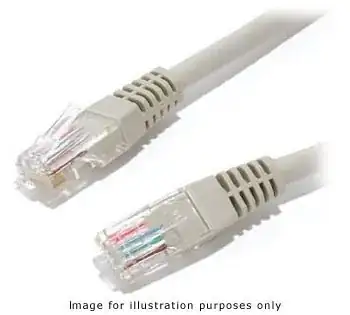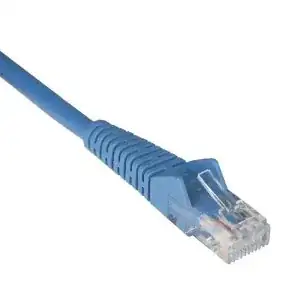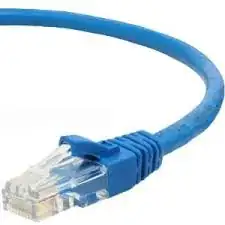I too find the rubber cover annoying ,but , the problem is that the retention clips tend to break often and the cable boots are good option to prevent it from happening.Once the retention clip breaks off the cables , they tend to slide off the router / modem / switches and make the network unreliable.
My Experience :
I bought two cables a few months ago : One with cable boot (red) and the other (black) without.I mess around with the cables quite a lot and here is a picture of the two I taken for the purpose of illustration when I saw this question:
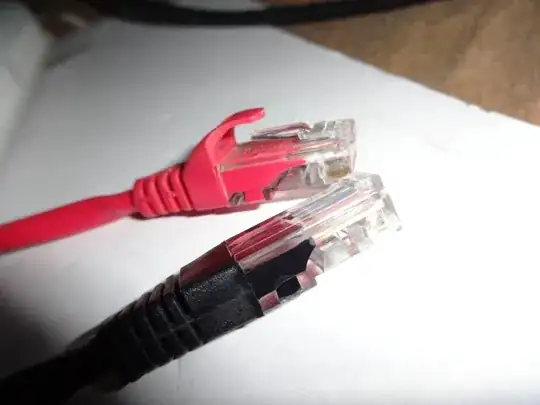
My point is that the one with cable boots tend to break less often.
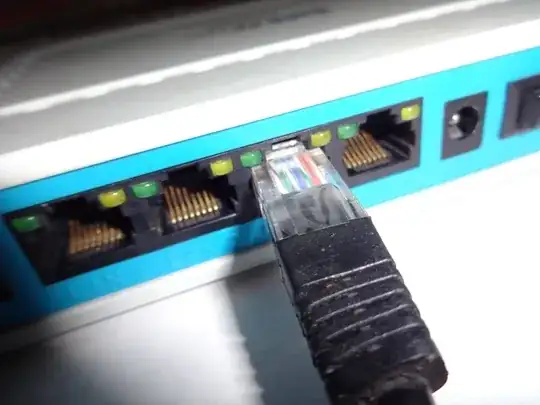
Once , the retention clips breaks off , when we plug in the cable to ports they never clicks and they fells off from the port easily.
I personally find the cables with cable boots annoying but on the long run they prove to be useful.I will discourage you from
cutting off them since they are useful .But , if you are skeptical and annoyed about the existence of them , you may cut off them since they do not pose any threat to the connection itself.(If you plug the cable in the port and forgets about it , the cable boots may not be of much concern : You surely can break them apart)
